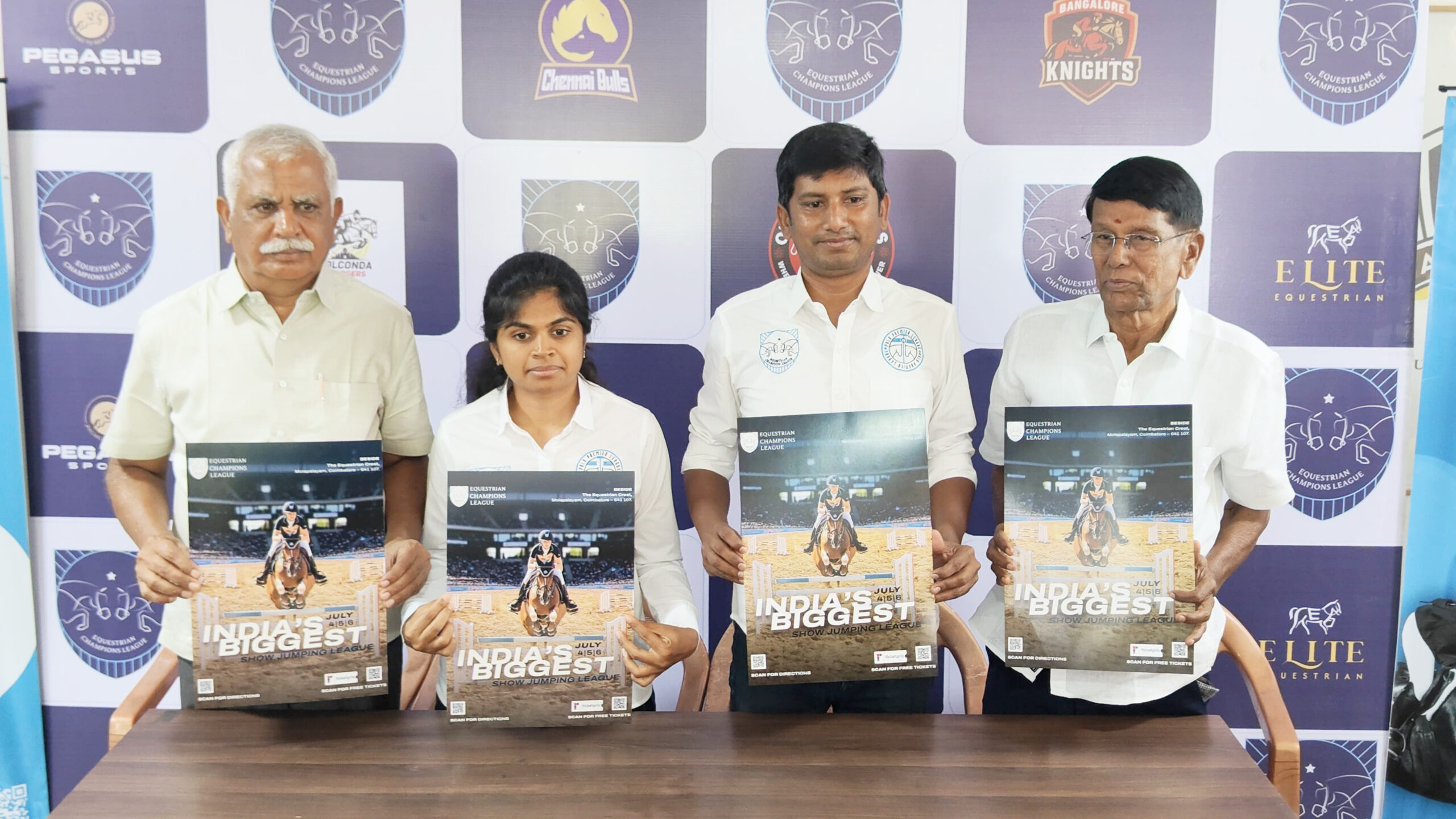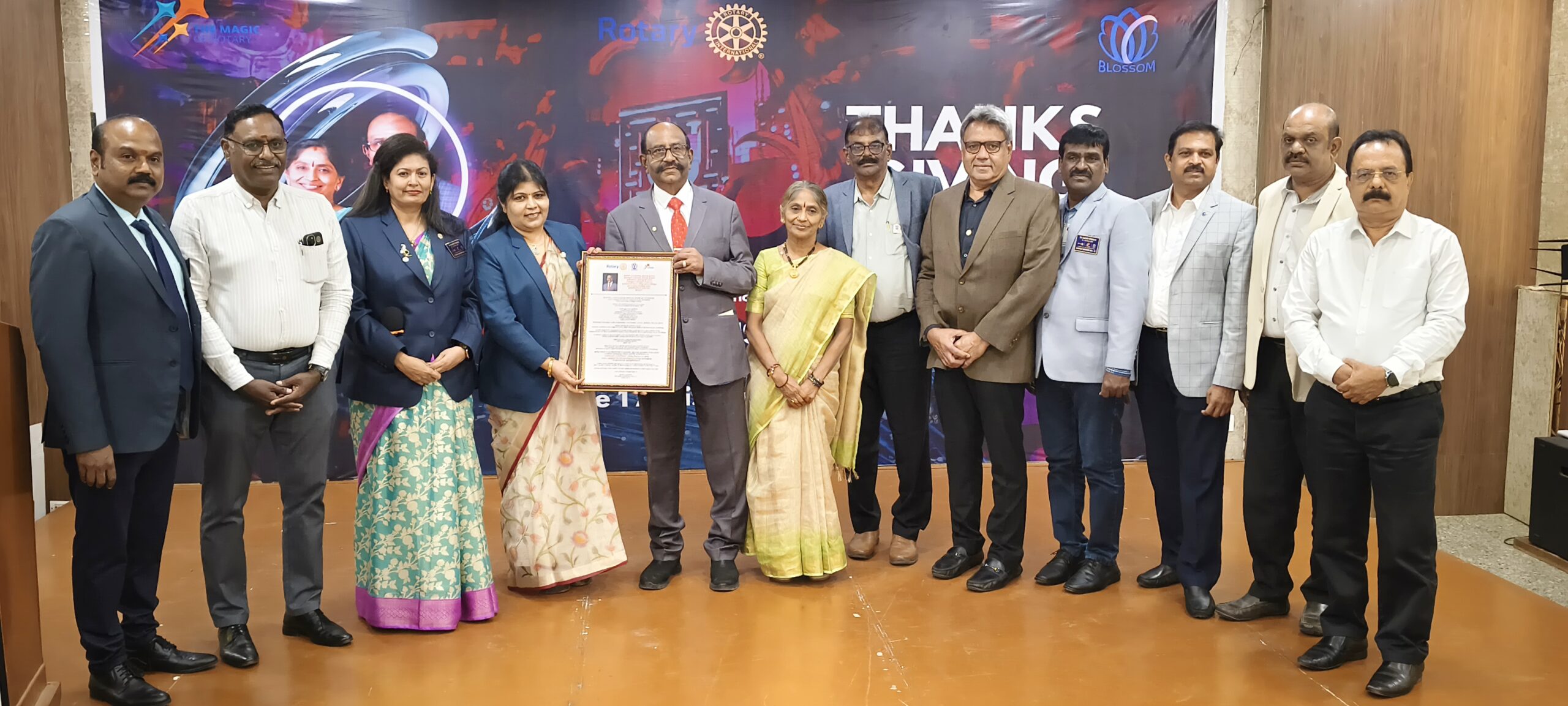Trending Now
- “If Edappadi Palaniswami permits, a thousand young members from the Virudhunagar district AIADMK are prepared to take up arms and engage in battle under my command.” – Former AIADMK Minister Rajendra Balaji
- “India is ready to deal with any counter-attack by Pakistan” – Wing Commander Vyomika Singh
- Central govt orders extension of CBI Director Praveen Sood’s tenure for another year
Coimbatore
A nest for future generations of fauna and flora
![]() October 14, 2019
October 14, 2019
The Nest, a Coimbatore-based NGO has been working towards environment and bird conservation for 15 years.
Its president M Ananth tells The Covai Post, “We started with sparrow conservation because their numbers were depleting. There were rumours that it was due to cell tower proliferation but that is false. Our research with ornithologists showed that the sparrow’s natural nesting places of tiled roofs, window vents and native fruit bearing trees have been replaced by modern construction and commercial complexes. Also increasing use of air conditioners and closure of ventilation outlets had robbed these birds of nesting habitat. Sparrows don’t know to nest on trees. Also their feed of millets and grains formerly grown plentifully, have slowly reduced.”
The Nest also found that the sun bird, hornbill, tailor birds and weaver birds had managed to survive as they nest on trees. “But with growing construction and continuous encroachment of forests and agricultural lands, they may also become extinct. So we began by building and gifting bird boxes. Also we planted tree saplings in altered Miyawaki method to improve urban forestry,” says Ananth.
Thus the Nest has two divisions — nests for feather friends and nests for green trees. In the latter project, The Nest takes up lands at many places and plants saplings in altered Miyawaki method. Miyawaki is a Japanese technology to grow forests in a limited space by intercropping plants.
What is altered Miyawaki? “Original Miyawaki means planting trees within a one feet gap, but we realised that it is impossible with our native trees, whose roots can spread to three feet below the ground. So we plant tree saplings with five to six feet gap with drip irrigation. This has helped create greenery in many parts of Coimbatore. Besides this we have also invested in a coconut grove near the Soolakal Mariamman Temple at Kinathukadavu and uprooted all trees to plant native fruit bearing trees like poongam, vaalai, sarakondru and others also with drip irrigation for nesting birds. We also seek out government lands without development projects to plant trees and maintain them,” says Ananth.
Recently, The Nest realised its ambition of owning a nursery, when the Southern Railway Division granted them 507 square metre of land near the Podanur railway junction.
“We plan to grow more native tree saplings here. Many of our native trees have been lost to foreign invaders. The British took away teak forests in Anamalai Tiger Reserve and planted tea and coffee which have reduced bird and animal habitat. Currently the steady encroachment of forests and animal corridors with resorts, ashrams and hotels has also reduced tree population. The Nest is working to create awareness over all these issues through its volunteers, members and like-minded NGOs. We are not in it for awards and rewards, though others have collected them in our name,” says Ananth.
The Nest is for future generations of flora and fauna to live in harmony he says.























